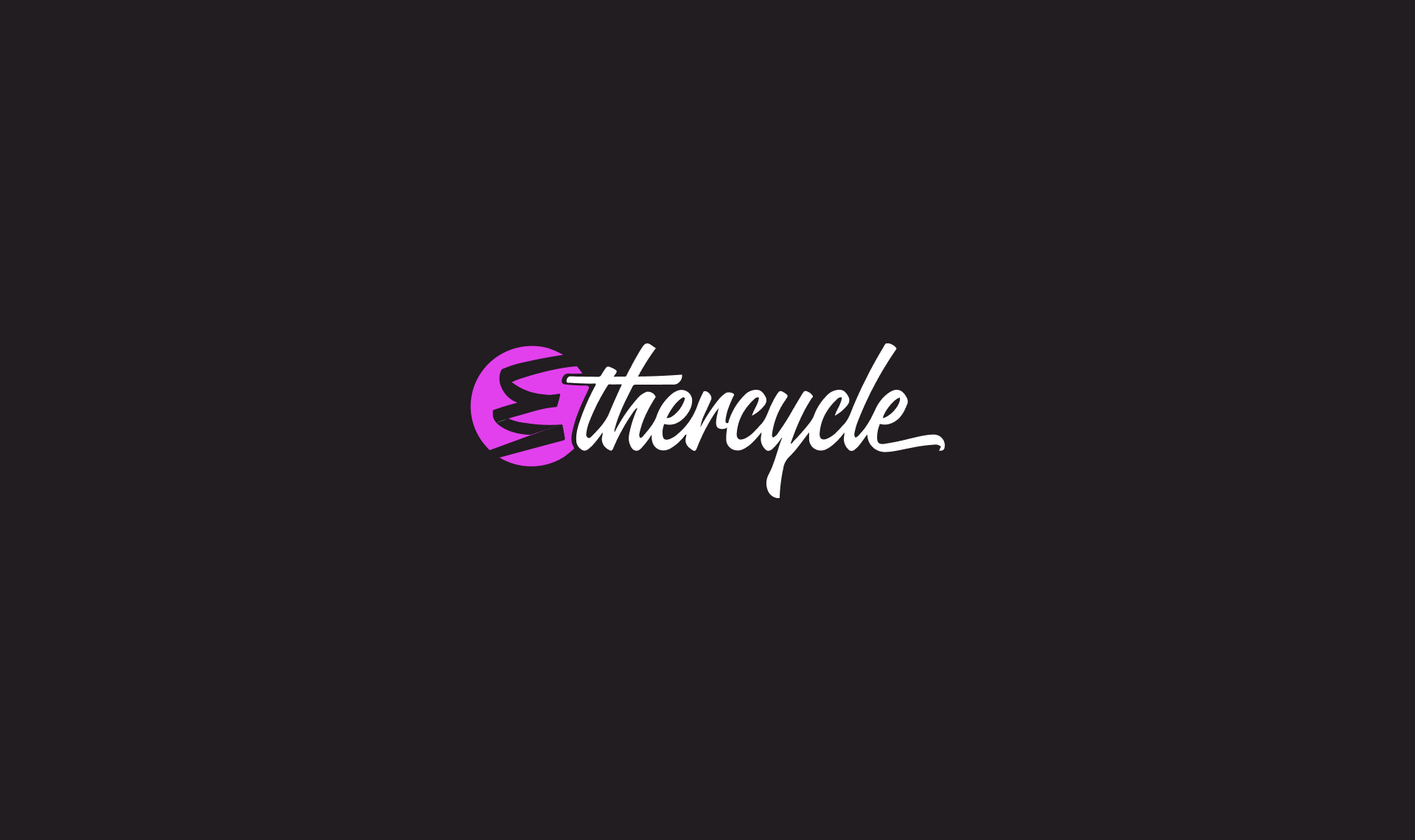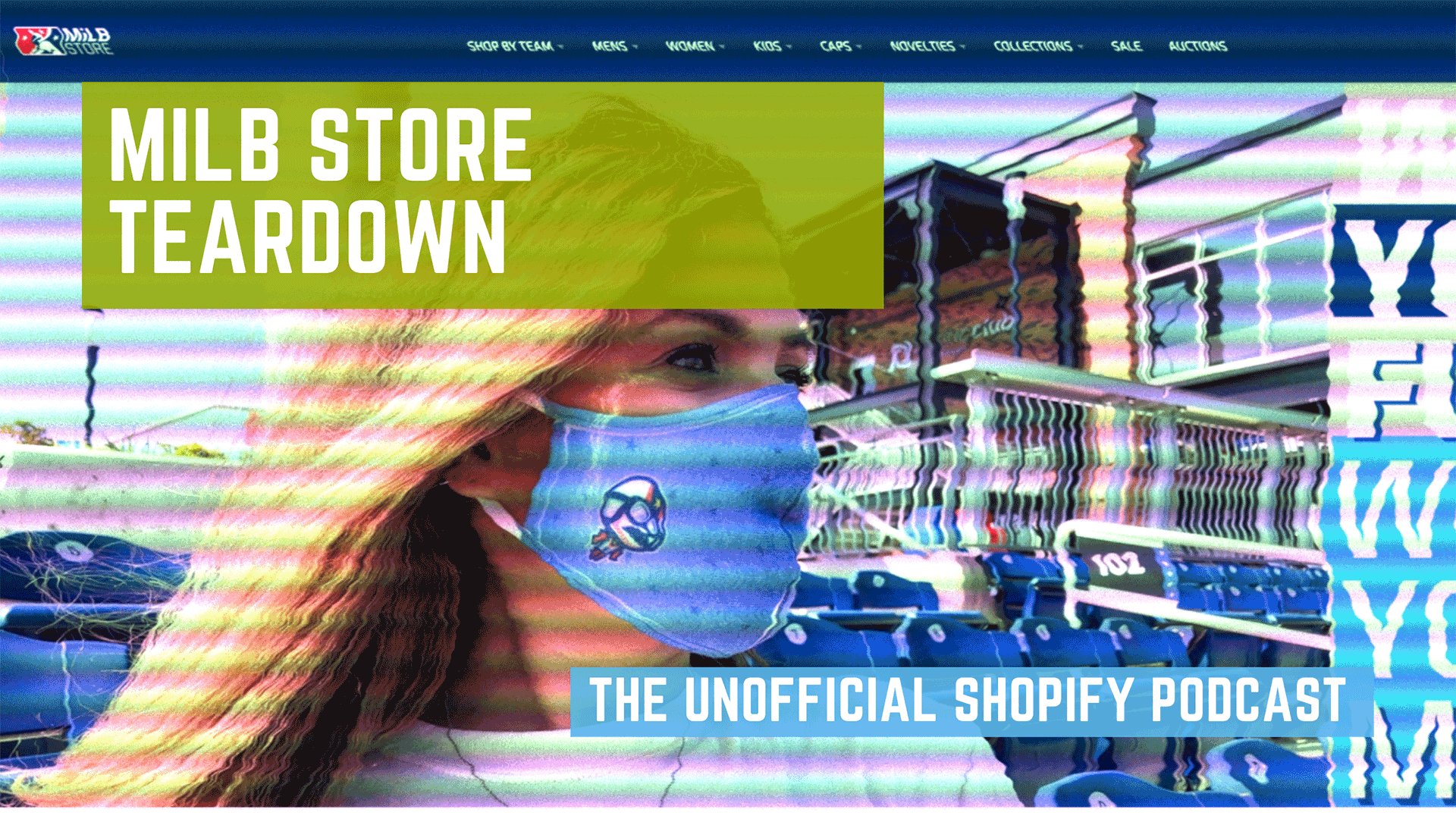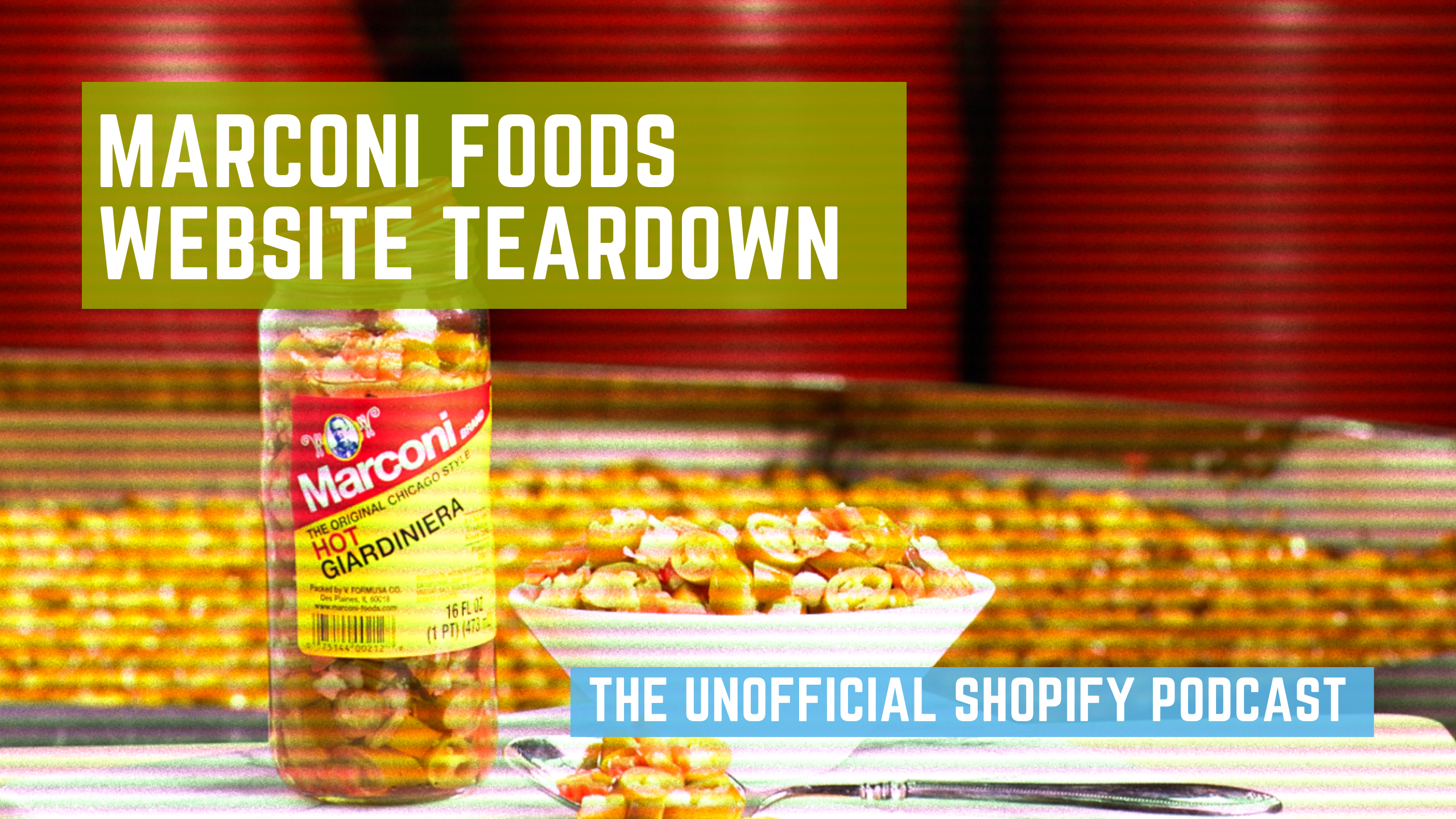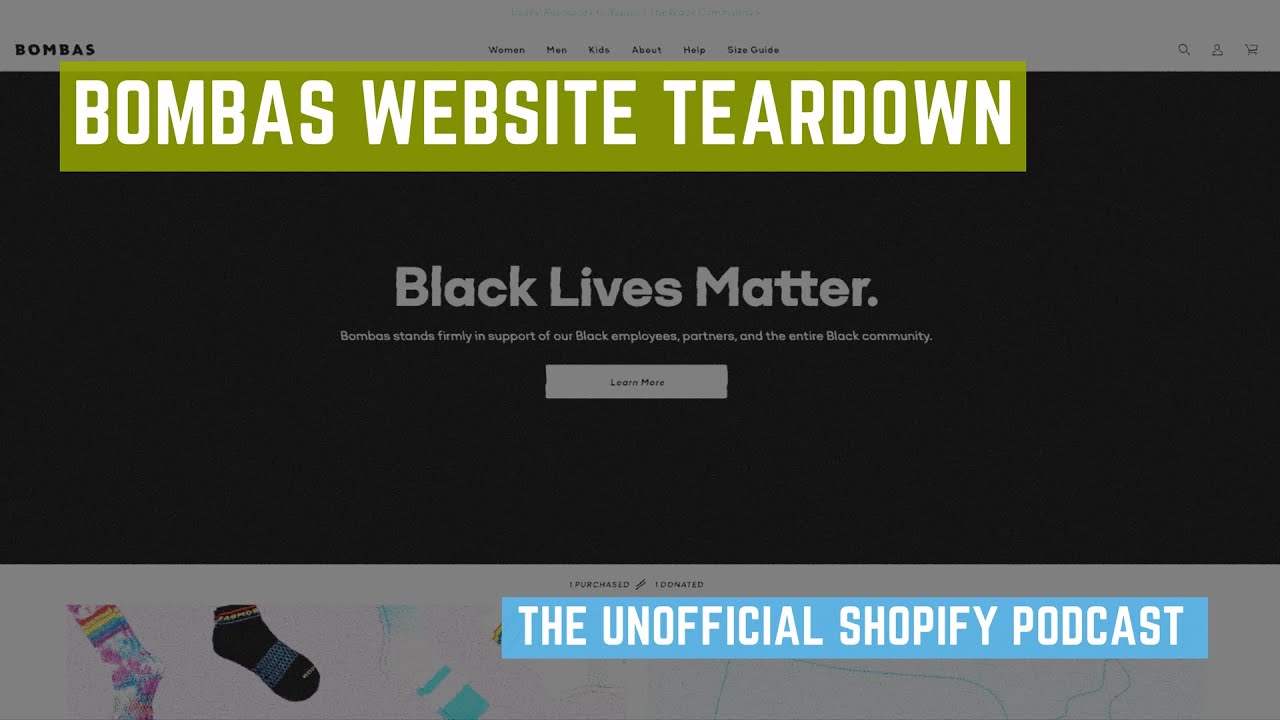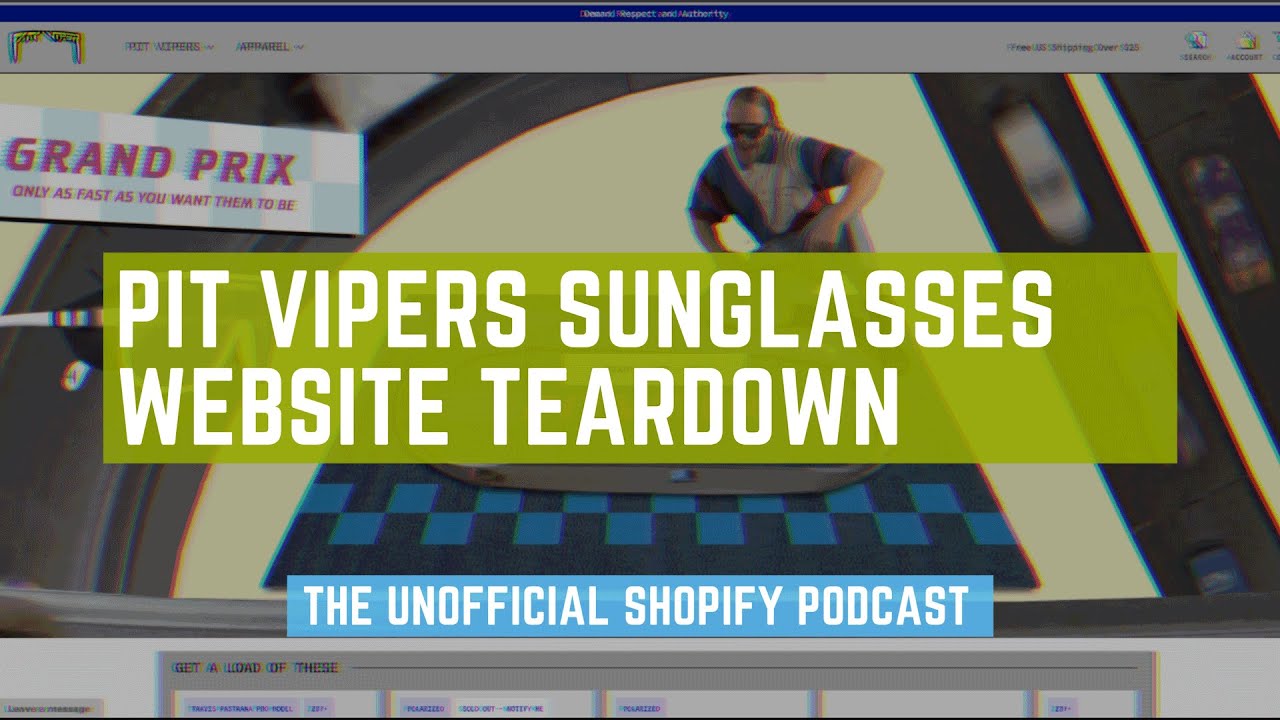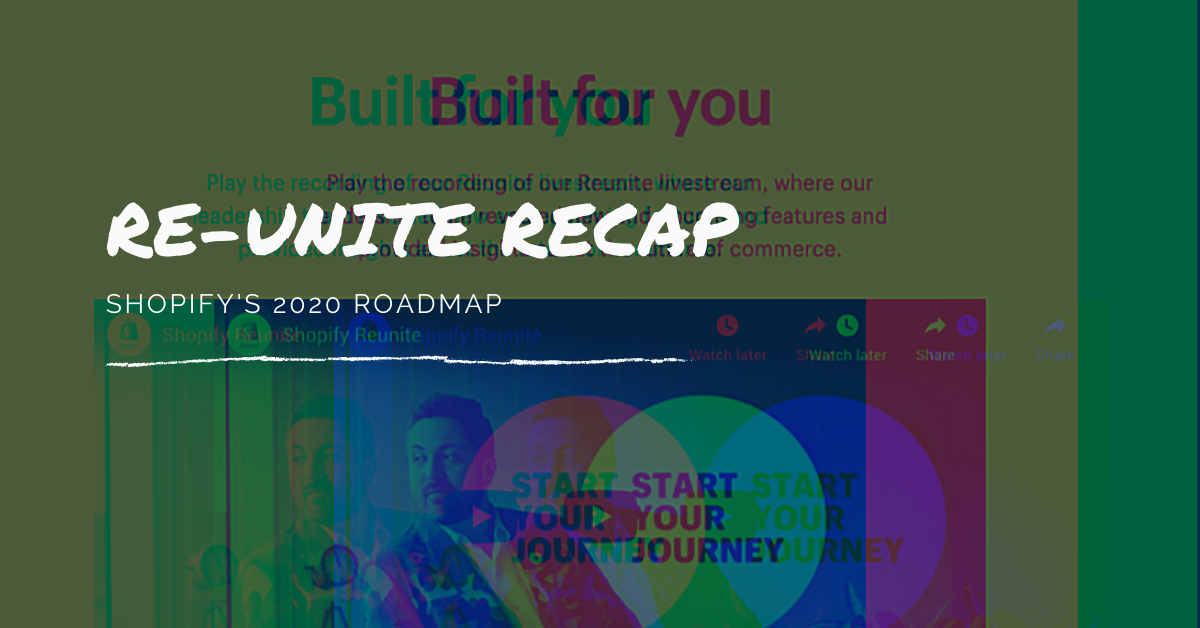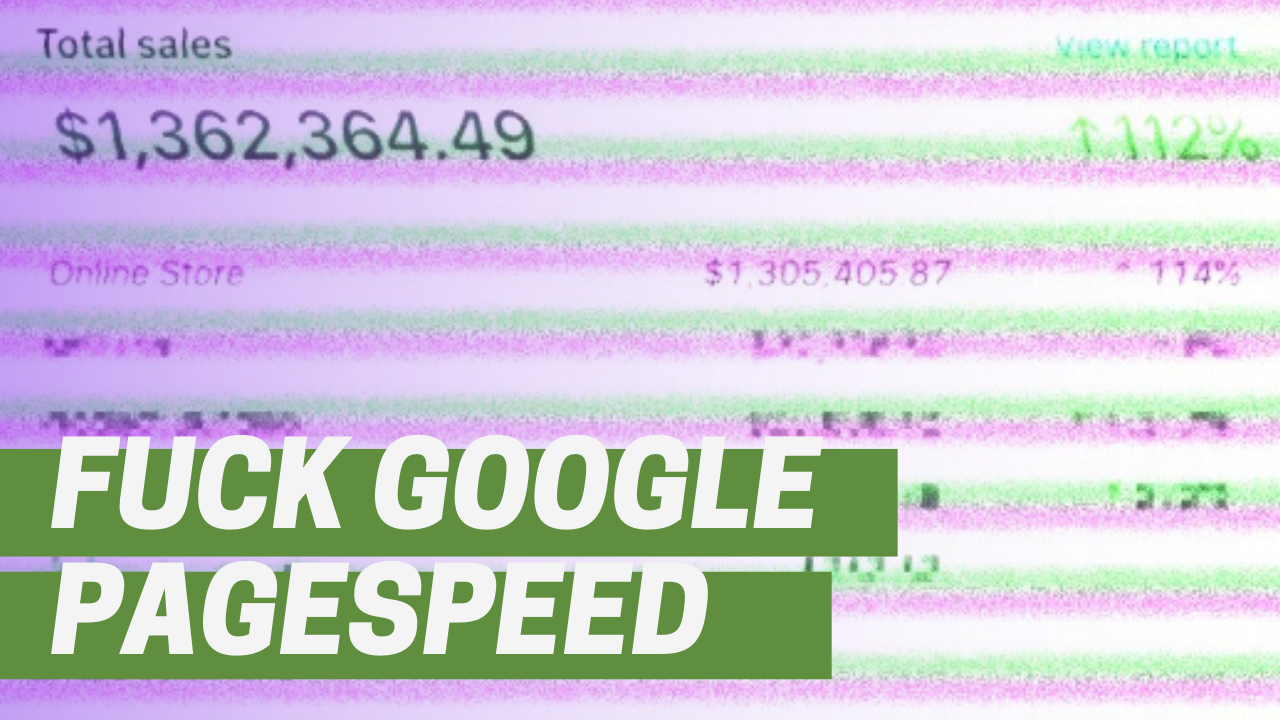
Recently, Shopify added a tool showing store PageSpeeds, so we have been having even more people reach out worried about this one. Let me be clear, PageSpeed is NOT a good way to measure speed of a store. For example, on my podcast, we ran a page speed test for Gymshark. They scored a six on mobile! A store with a PageSpeed score of six has an obscene amount of cash on hand and is extremely successful by all measures.
There are bigger fish to fry in your business, where you can see more return on your money and energy instead of worrying about PageSpeed. If you put together better email sequences, that’ll get you ten times as much money as lowering your PageSpeed score by a second.
A good and fast site doesn’t hurt. A slow site doesn’t help. I don’t think it is the be all, end all, that it’s been made out to be. Just don’t over-prioritize it at the expense of other higher ROI activities.
Rule of thumb: If your homepage is less than five megs and loads in less than three seconds that’s great!

